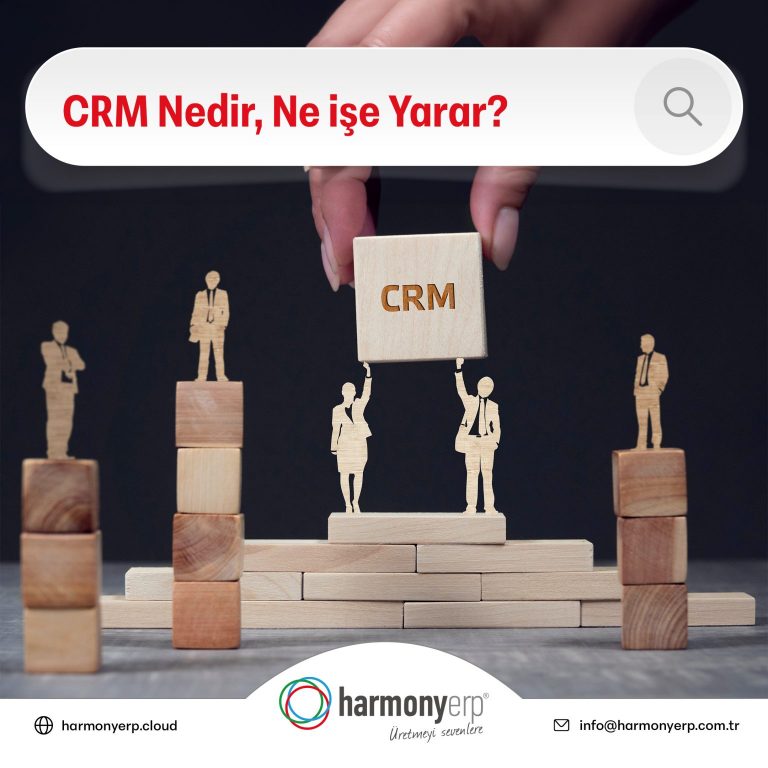What Is a Limited Partnership Structure, Roles, and Legal Implications

When entrepreneurs seek to share both capital and operational responsibilities—but not necessarily in equal measure—they often explore partnership models with varying liability. One such structure is the Limited Partnership, known in Turkish as a Komandit Şirket.
This hybrid business model brings together active managers and passive investors under a single legal framework, balancing risk and responsibility. Let’s break down how a limited partnership works and when it might be the right choice for your venture.
Definition of a Limited Partnership
A Limited Partnership (LP) is a legal business structure formed by at least one general partner (unlimited liability) and one or more limited partners (limited liability). It enables parties to participate in a business venture with different levels of involvement and legal exposure.
In Turkish law, this corresponds to the komandit şirket and is regulated under the Turkish Commercial Code.
Roles Within a Limited Partnership
- General Partner (Komandite Ortak):
- Fully liable for company debts and obligations
- Actively manages and represents the business
- Responsible for day-to-day operations and legal compliance
- Limited Partner (Komanditer Ortak):
- Liability is limited to the amount of capital contributed
- Does not take part in management or representation
- Functions more like a financial investor or silent partner
This separation of roles allows for operational control and financial support to be clearly defined.
Legal and Operational Features
- No Legal Entity Separation: The LP itself is not separate from the general partners in terms of liability
- Commercial Title: Usually includes the name of one or more general partners; limited partners are not named
- Profit Sharing: Distributed as agreed in the partnership contract
- Taxation: Typically taxed as a partnership rather than a corporation unless otherwise structured
- Governance: General partners hold full decision-making authority
Advantages of a Limited Partnership
- Capital Access: Attracts investors who don’t want management responsibility
- Defined Liability: Limits risk exposure for passive partners
- Flexible Structure: Allows custom allocation of profits and responsibilities
- Continuity: Can operate even if a limited partner exits, depending on agreement
This model is especially popular in real estate projects, private equity funds, and family-owned businesses.
Limitations to Consider
- General partners carry unlimited liability, exposing them to personal financial risk
- Limited partners must remain passive—interference in management can void their liability protection
- May be less familiar to international investors compared to corporations or LLCs
- Requires a well-drafted partnership agreement to avoid disputes
Managing Limited Partnerships with ERP
While legal structure defines roles and risk, efficient management defines success. A modern accounting and business management platform helps limited partnerships:
- Track capital contributions and partner equity
- Automate profit allocation based on roles
- Manage expenses, payments, and financial reports
- Maintain compliance with financial regulations
- Monitor performance of operational partners
HarmonyERP supports partnerships with built-in flexibility to reflect the legal and financial specifics of your business.







